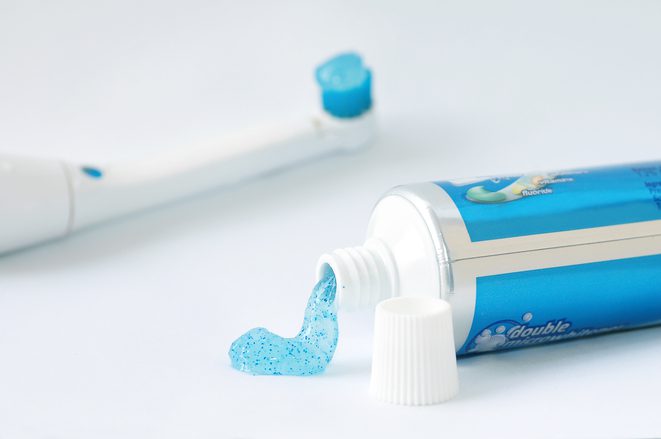When you reach for that tube of toothpaste each morning and night, you probably don’t stop to think about how it came to be. In fact, it has its origins in Egypt as early as 5,000 BC. Toothpaste was used even before toothbrushes were invented. The ancient Greeks and Romans used toothpaste. There is also evidence of toothpaste use in China and India in 500 BC.

(Freeimages / Gary Tamin)
Toothpastes of old shared the same purpose as today’s iterations. They were intended to clean the mouth, whiten the teeth, and impart fresh breath. Though the function remains the same, the ingredients differed—and that’s probably a good thing. Toothpaste used to include ashes of ox hooves, burnt eggshells, and pumice. The Greeks added abrasive elements such as crushed oyster shells and bones to their toothpaste. The Romans mixed it up with different flavors that were intended to address bad breath. Their toothpaste often included powdered bark and charcoal. The Chinese used herbal mints, salt, and ginseng in their paste.
Modern toothpaste was developed beginning in the late 1800s. The forerunner of modern toothpaste included ingredients like soap and chalk. The English version included betel nut and ground charcoal.
Before 1850, toothpastes came in powdered form. In the 1850s, a new type of toothpaste was developed: Crème Dentifrice was rolled out as “toothpaste in a jar.” Colgate began mass-producing the product in 1873. In the 1890s, they moved the paste from the jar to the tube.
Until 1945, soap was a major ingredient in toothpaste. Other ingredients, such as sulphate, and sodium lauryl, later replaced soap in order to make the paste a smooth emulsion.
During the second half of the twentieth century, toothpastes were modified to help prevent or treat specific diseases or conditions. Fluoride was added to help prevent tooth decay. Toothpastes were also designed to be less abrasive so they were gentler on tooth enamel and gums.
Toothpaste today includes ingredients to whiten teeth as well as triclosan, which helps protect against gum disease, caries, tartar, and bad breath. Toothpaste is now available in handy squeezable tubes in most parts of the world.
